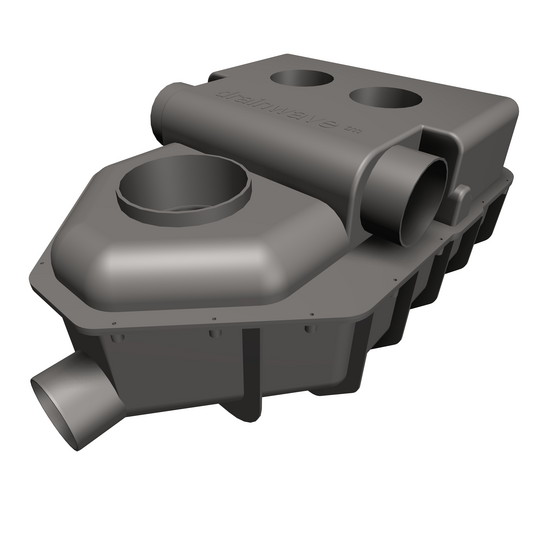Water conservation in this country is nothing like what it is in water-strapped countries like, say, Australia. The Aussies were using ultra low-flush toilets before anyone in this country wondered if 3.5 gallons per flush was excessive. While we’re taking 8 minute showers and running the not-yet-clean dishes through a second cycle, the Australians are collecting rainwater for their toilets and instituting laws to prevent car washing with drinkable mains water. Just a glance at their Savewater.com website is indication of how serious they are about saving water.
I believe our country will there someday soon. Our Western states are feeling the pinch from a dried up Colorado River and restrictions on water usage for lawn and gardens is fairly commonplace in the thirstier of states in the Union. The prescient WaterSense program is fast becoming the household name that ENERGY STAR is. Given that our population heads in one direction only, it behooves us to look to the Aussies for ideas on how to conserve water now.
But that’s not the only reason we should turn a keen eye Down Under. The Aussies aren’t just battling water shortage–they’re dealing with additional problems that have surfaced as a result of water conservation.
For example, because a given Australian home does not “flush” a lot of water down its pipes, there is the potential for sewer pipe blockages due to build up. Enter the Drainwave.
The Drainwave is a device that installs between the home and the main sewer line. As water is used by the home, the Drainwave temporarily collects it in a sort of holding “bucket.” When the collected water reaches a certain level, the container tips from the forces of gravity, sending a large surge of water down the pipes to the sewer, clearing out blockages.
One moving part; no electricity required. It’s the best thing to come out of Australia since the Bloomin’ Onion.
Homes in the States may not yet be at the point where a Drainwave solves any problems, but this writer thinks it’s just a matter of time.




























